Home & Living
Local Farmers Weigh In on the Splendor of Home Mushroom Cultivation
Everything you need to know about the trend, which allows you to grow close to a pound of fresh mushrooms without ever setting foot outside.
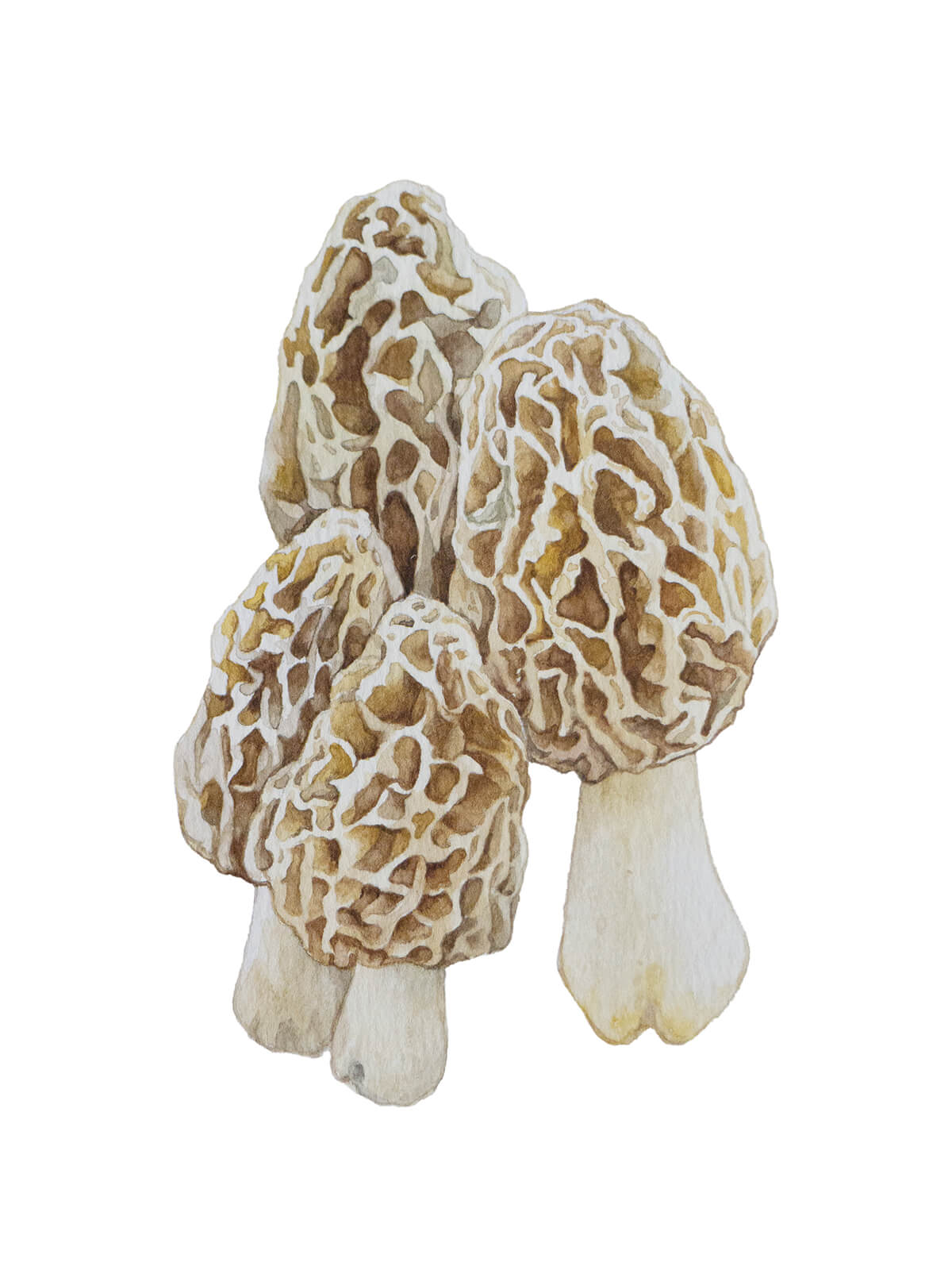
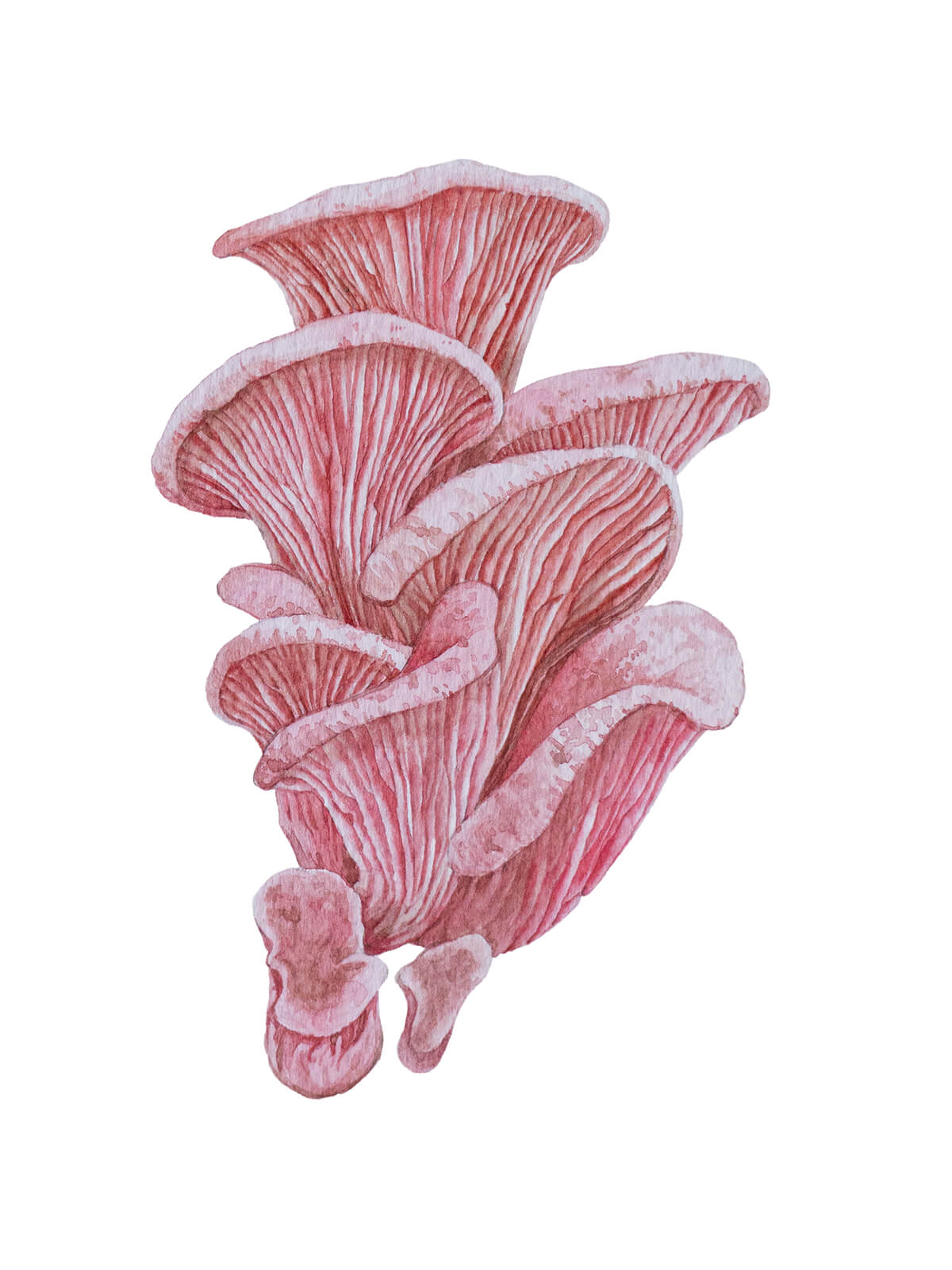
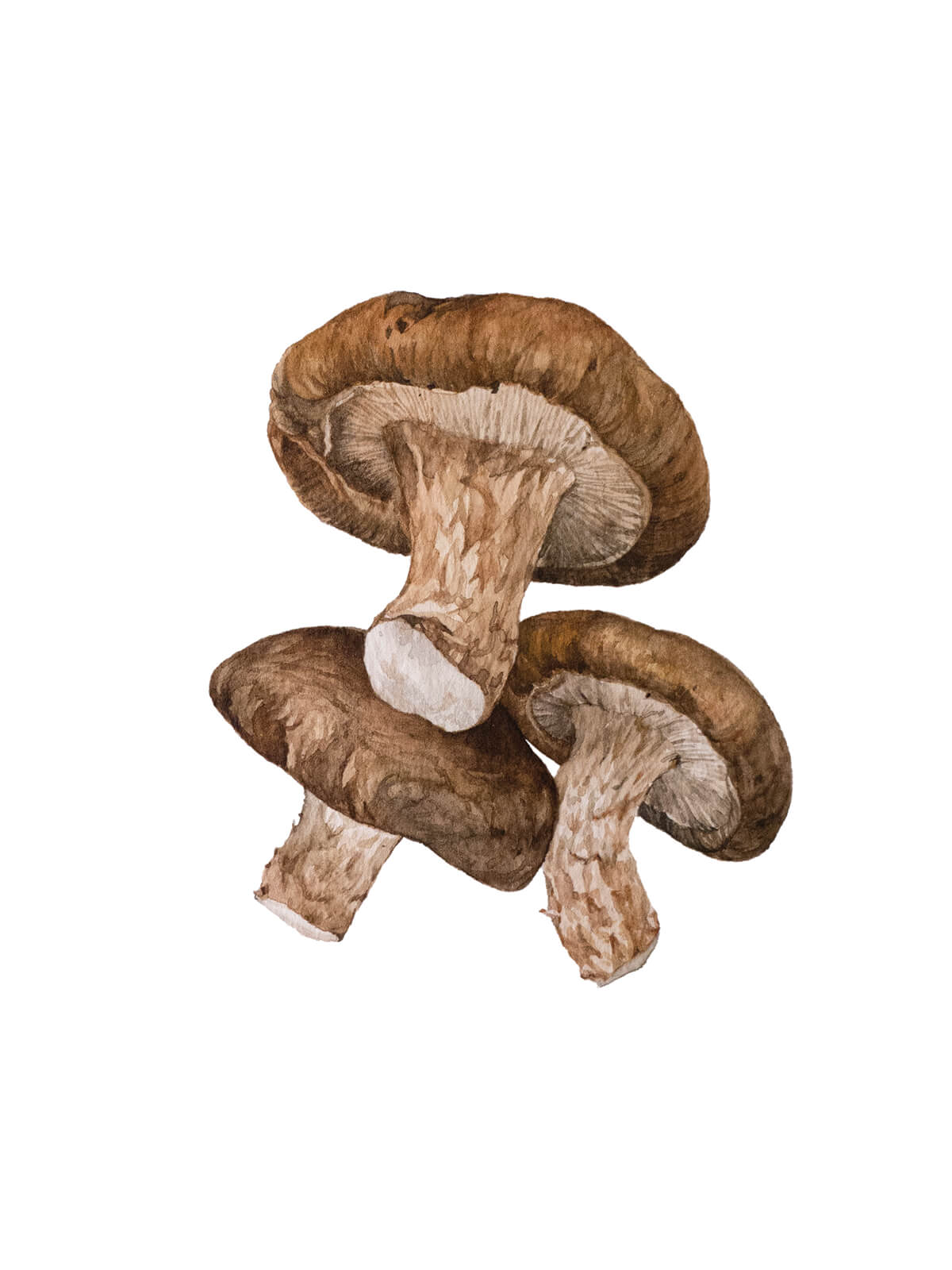
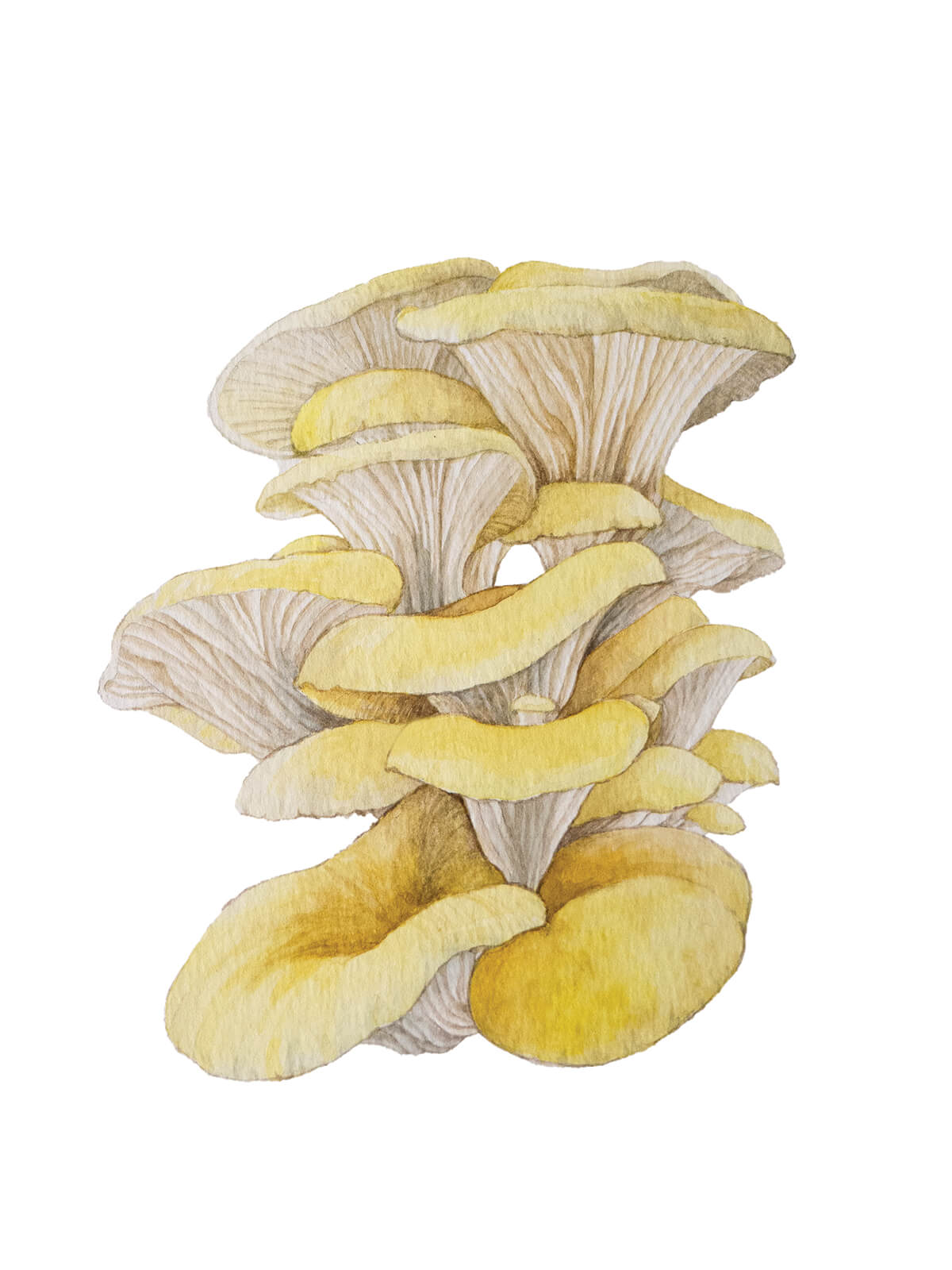
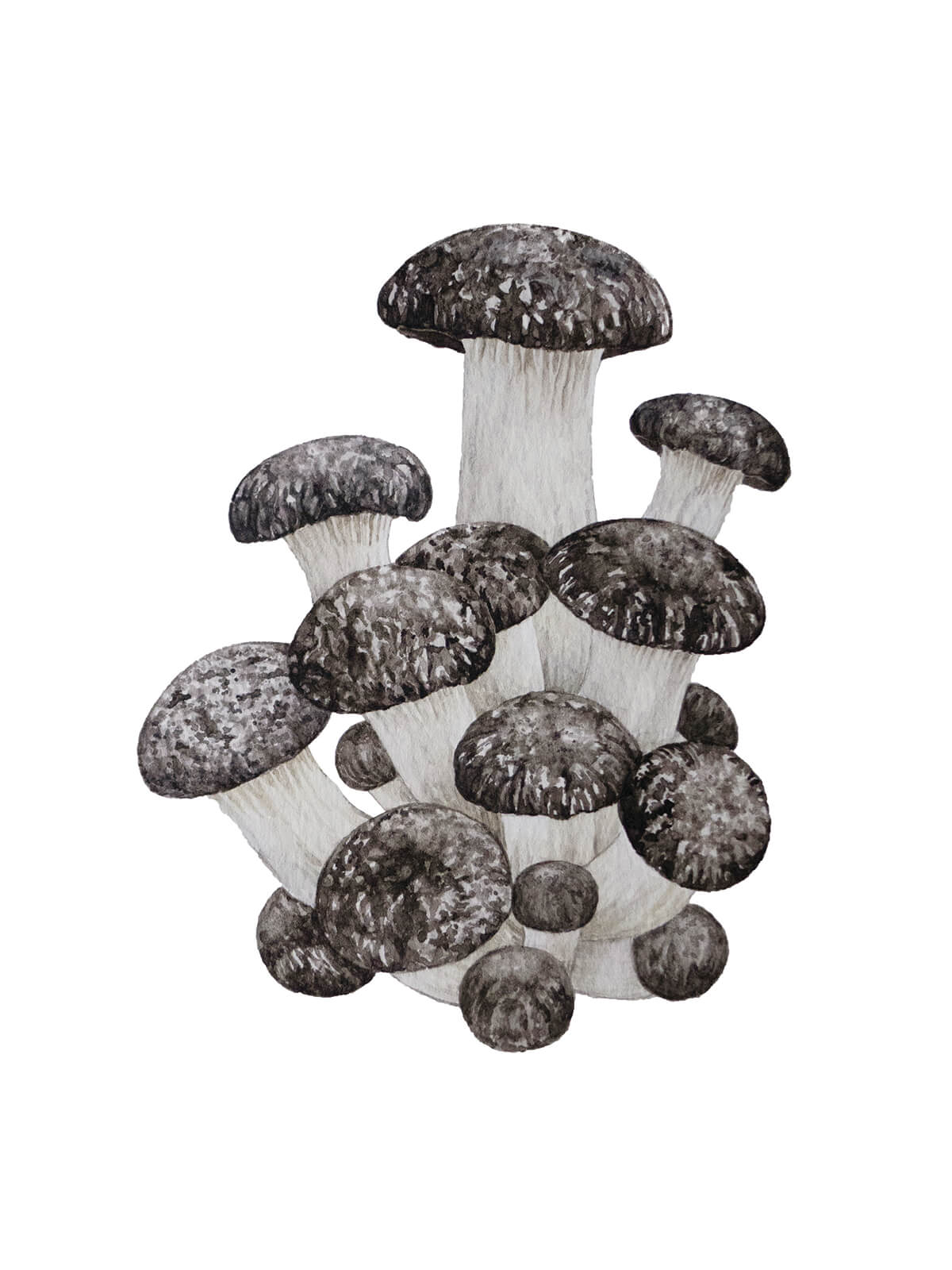
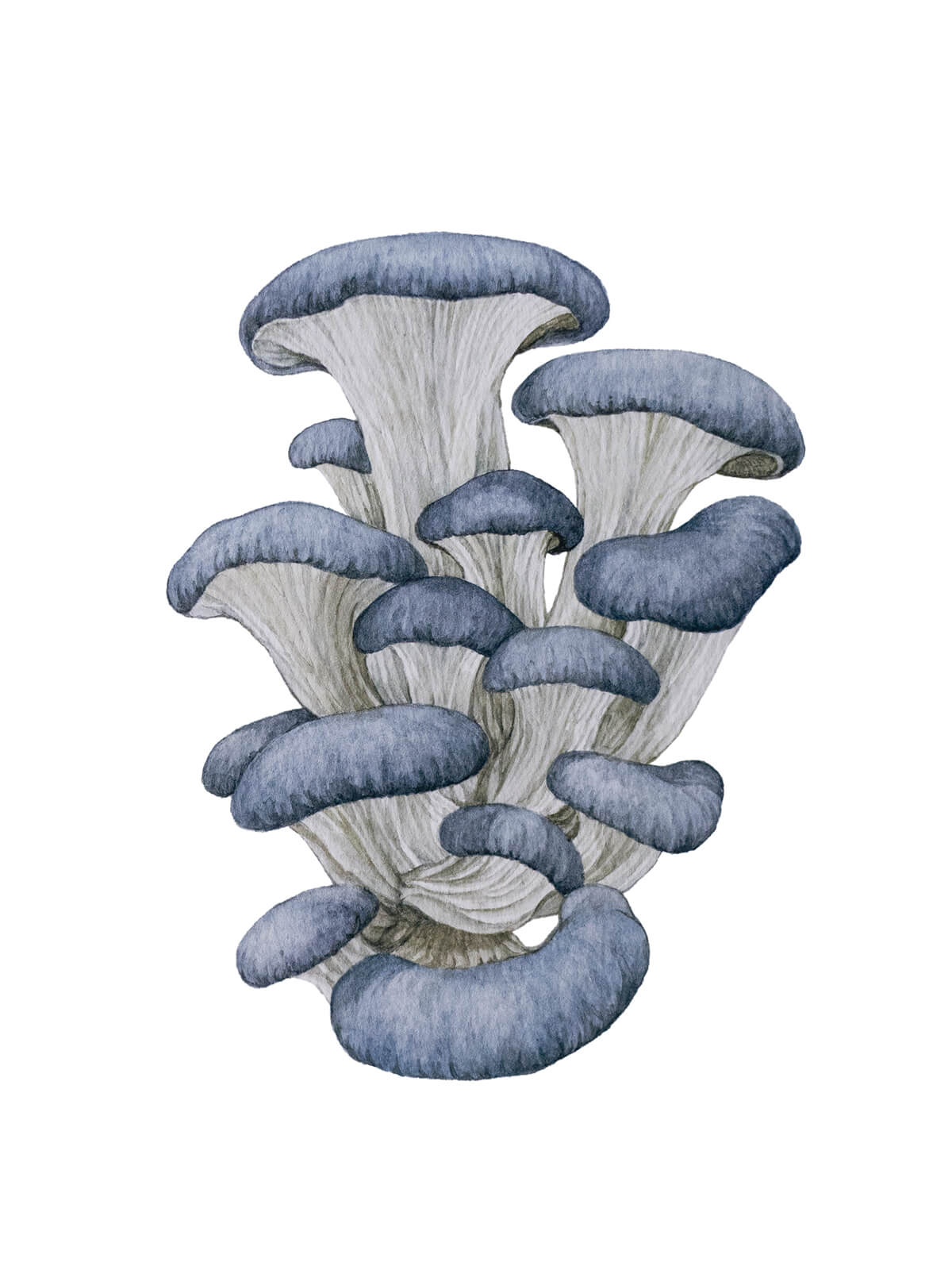
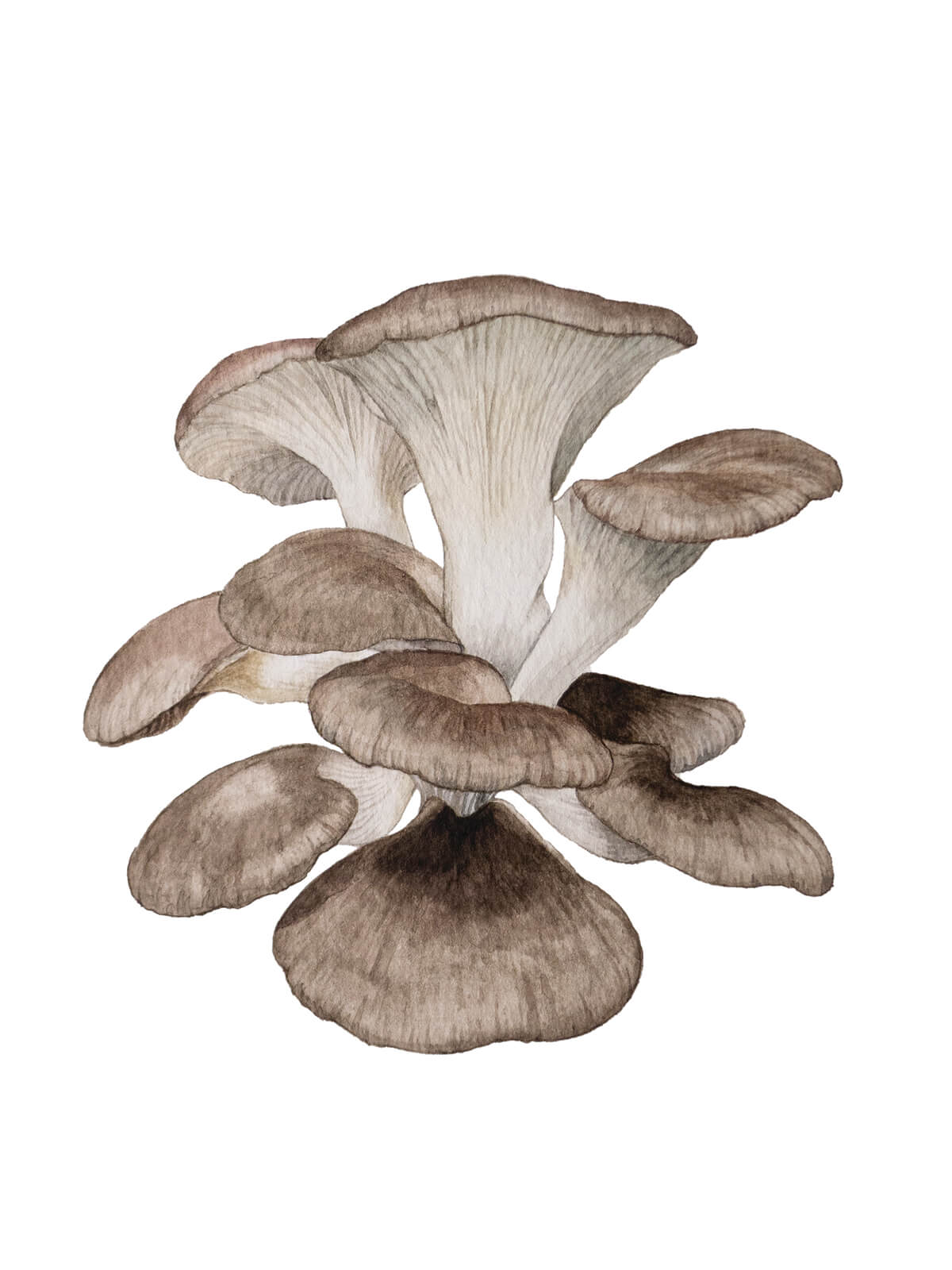
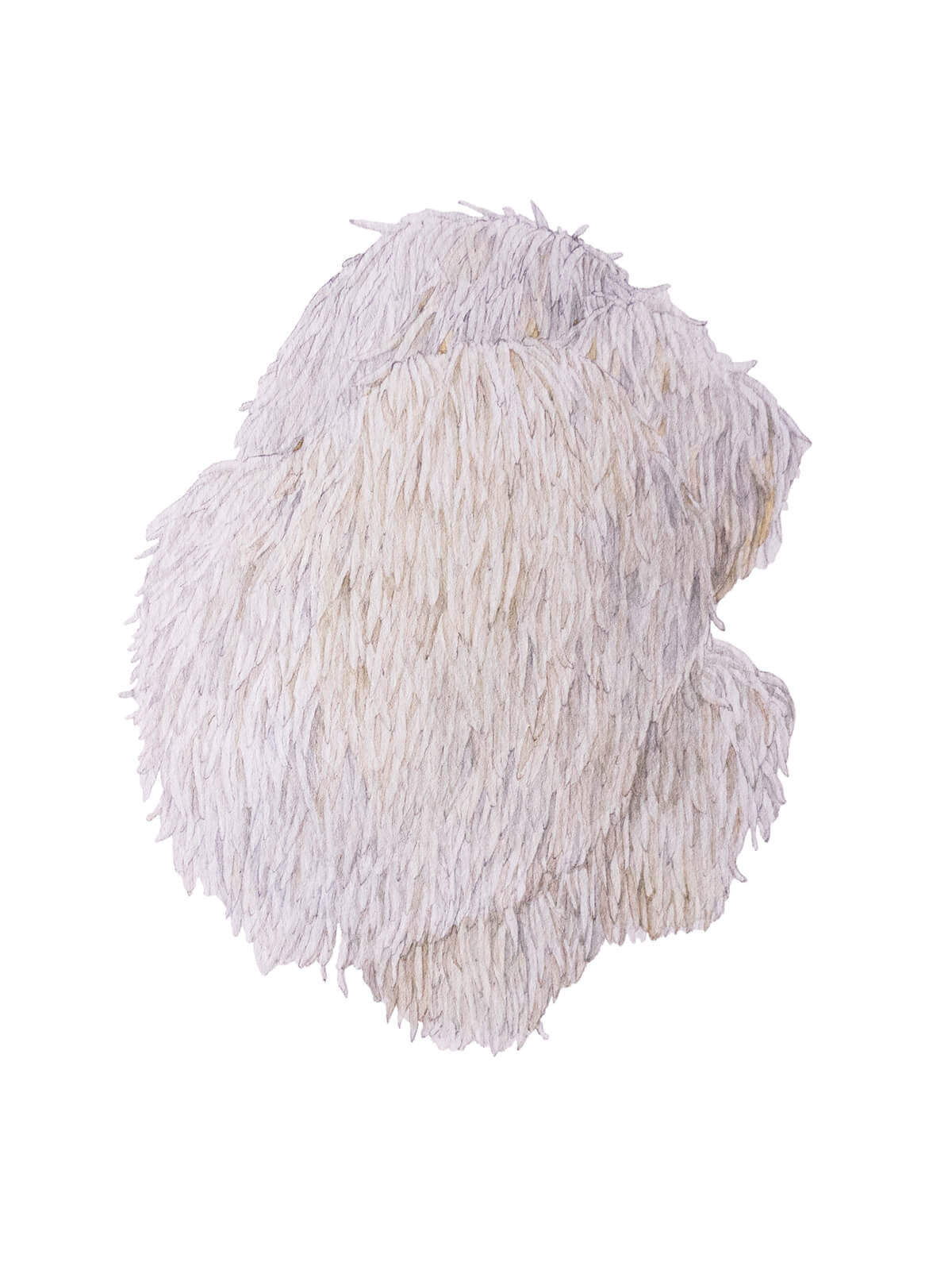
Want to have a vegetable garden without all the, you know, tending to soil and seeds on your hands and knees? Have we got a fungus for you! Yup, starting with just a small hunk of fortified sawdust, one can grow close to a pound of fresh mushrooms without ever setting foot outside.
It might sound too good to be true, but therein lies the draw of at-home mushroom cultivation, a trend that’s getting more than its fair share of buzz.
“We saw a lot of people, during the pandemic especially, who were stuck at home and just wanted something fun to do—something to watch,” says Courtney Cohen, owner of Spore and Seed, a fresh-cut flower and mushroom farm located in Baltimore County. “[Mushroom grow kits] are great if you don’t have access to a gardening space because you can do it indoors. They’re fun for people who are into cooking, kids love them, and it only takes a few weeks to get your final product.”
The process begins with a compacted grow (or fruiting) block that comes filled with mycelium (a root-like structure of shroom-producing agents known as hyphae) and ends in roughly four weeks with a pound of mushrooms.
Kits available on Amazon or at the farmers’ market will produce pink, brown, and yellow oyster blooms with fan-shaped caps, coveted and ridge-covered morels, and lion’s mane, a popular stand-in for meat in vegan cooking recipes. “We generally try to get people to start with oyster mushrooms because you really can’t mess them up,” Cohen says.
Another great alternative for beginners is the shiitake mushroom. “Shiitake are probably the heartiest mushrooms. You can get them and forget them,” says Jack Reitnauer, general manager at Warwick Mushroom Farms. Like Cohen, he stresses that humidity is vital when it comes to growing fungi, especially oyster variants.
“At the farm, we grow at about 62 degrees, about 84 percent humidity, and a CO2 level of about 2,000. At home, I would say the best bet is your basement.”
Cohen agrees, adding that snow oyster and Italian oyster mushrooms would do well in this environment. (Pink and yellow oysters tend to be more finicky and need a lot of heat.) However, be wary of crowding your basement with grow kits, she says.
“Mushrooms have these microscopic spores, and as they get into your lungs, they create a sludge,” she explains. But she reassures, “I wouldn’t worry about it if you’re just fruiting one or a few blocks in your space.”
Cohen says the bigger things to worry about are factors such as mold growth, excess moisture, and bacteria on the mushrooms. “A tiny red spot is usually a sign of some bacteria action,” Cohen says, adding that the blue or green-ish mold that’s often found growing on produce can easily be plucked off.
“Mold is basically a fungus in itself, so it’s nothing to freak out about,” she says. “Some people use peroxide to spot treat it, but it isn’t super common. We’ve hopefully given you something kind of foolproof.”
The next (and perhaps the hardest) part is being patient while your mushrooms work their magic, which takes one to several weeks. One growing block will typically yield a few good rounds of blooms—which Cohen says decrease in size by 25 percent with each collective growth, or “flush.”
And after the last tasty bits are harvested, by rotating and pulling very slowly, she tells people to “put them in your garden. We use spent blocks as compost for our farm, and we have oyster mushrooms growing in our flower beds all the time.” Heck, it might even get you to go outside.